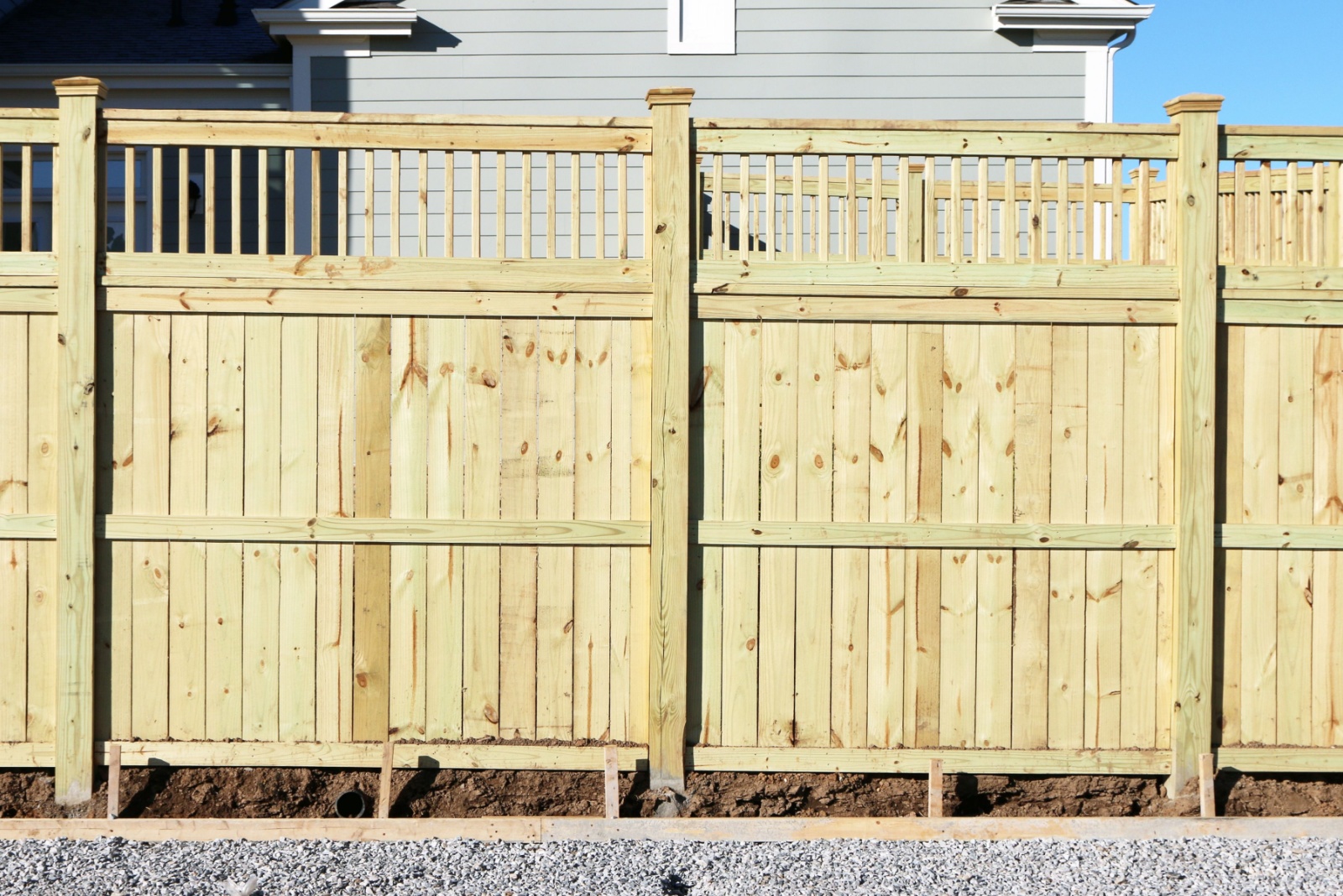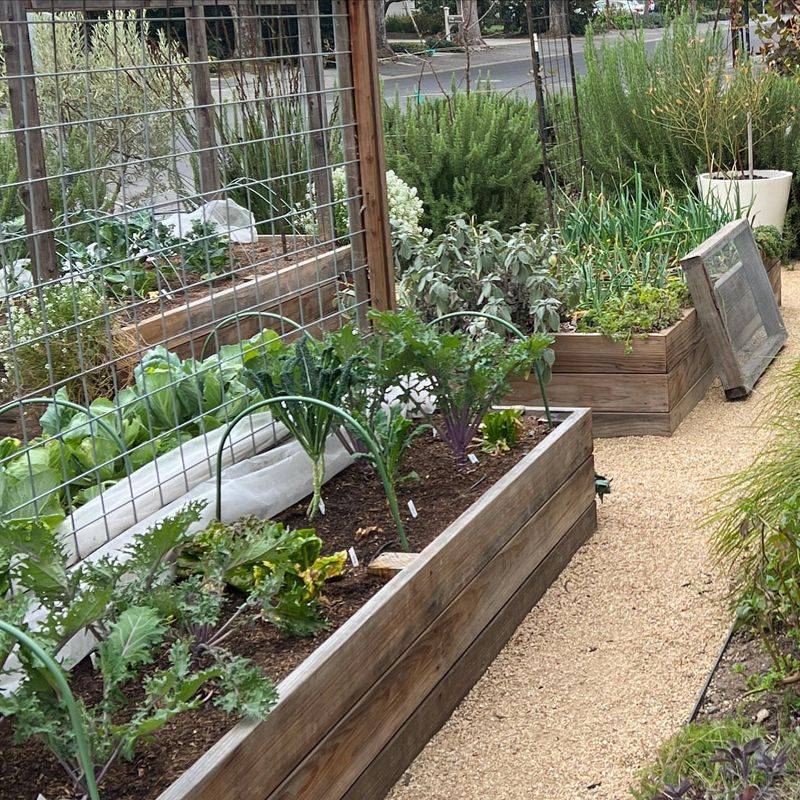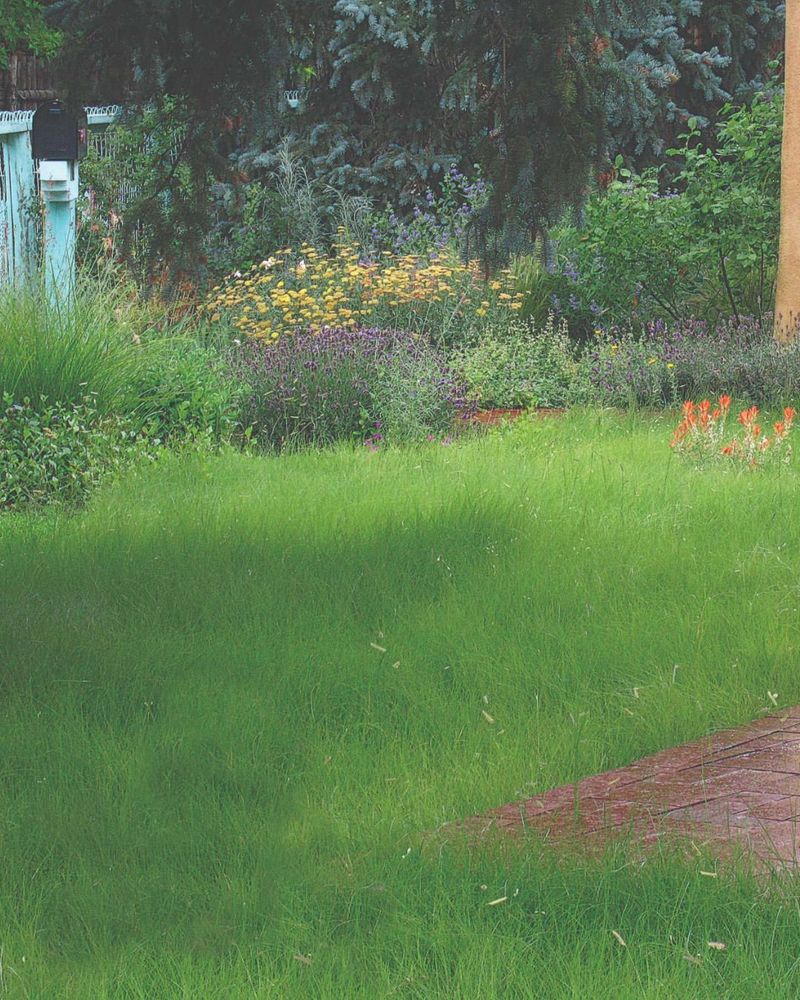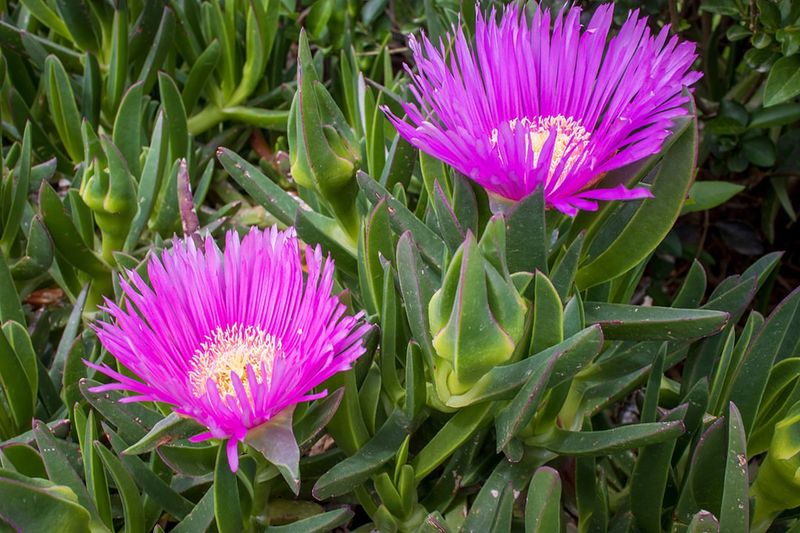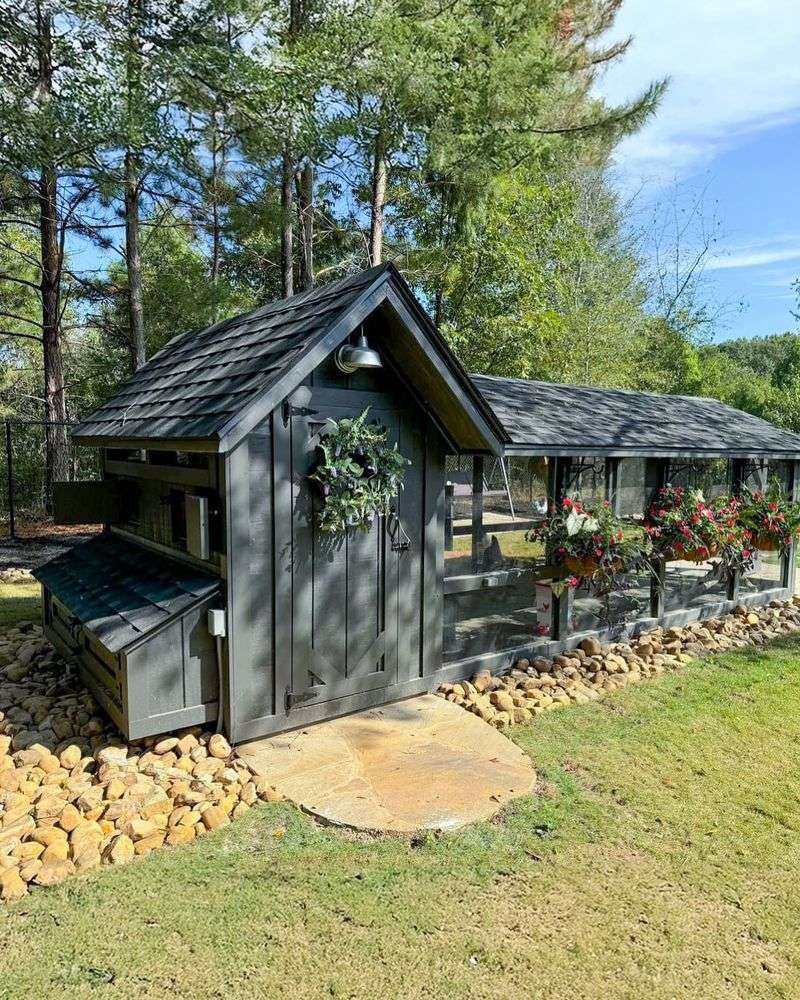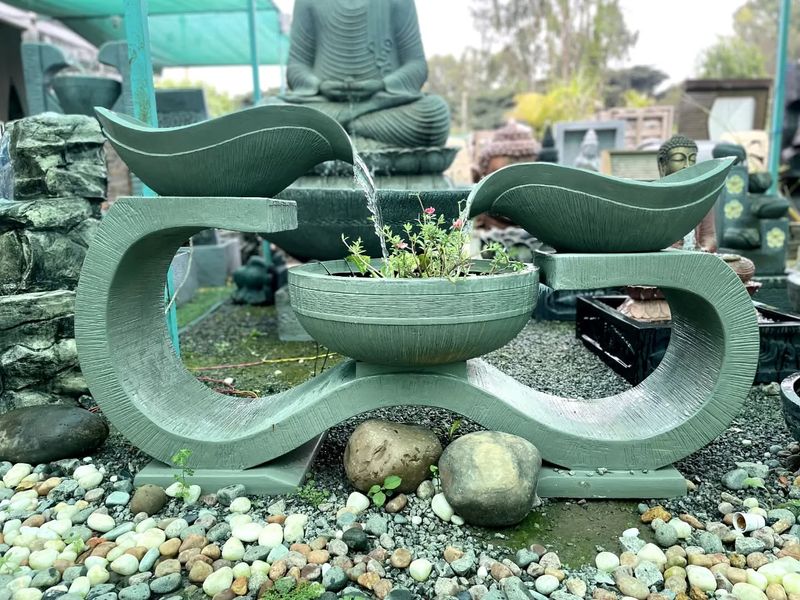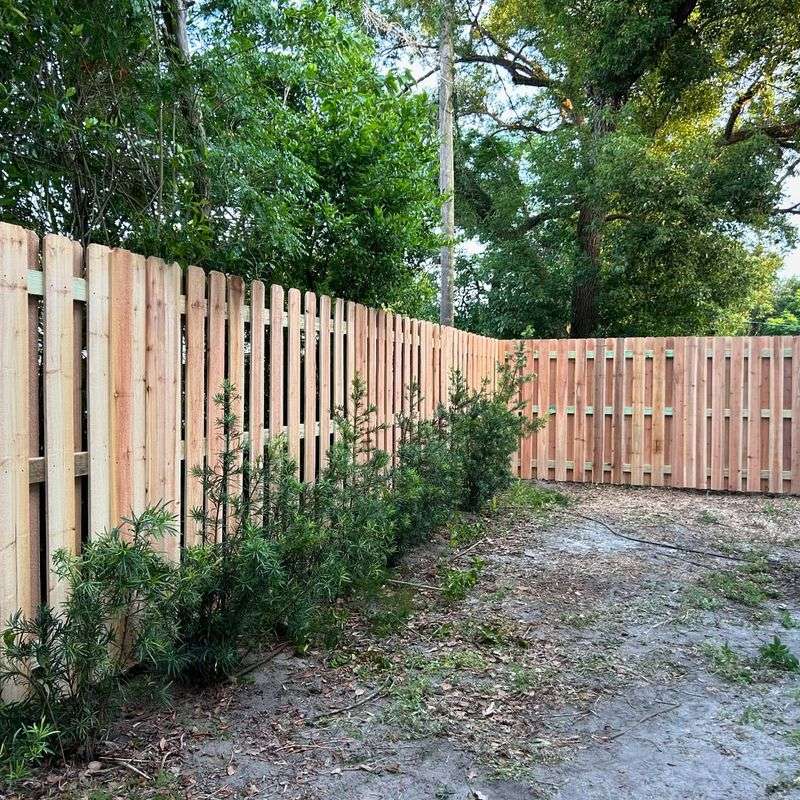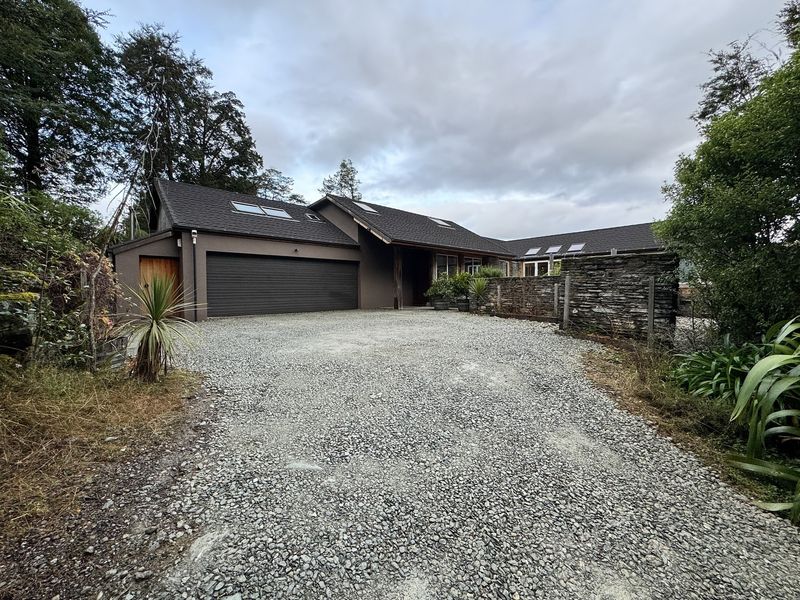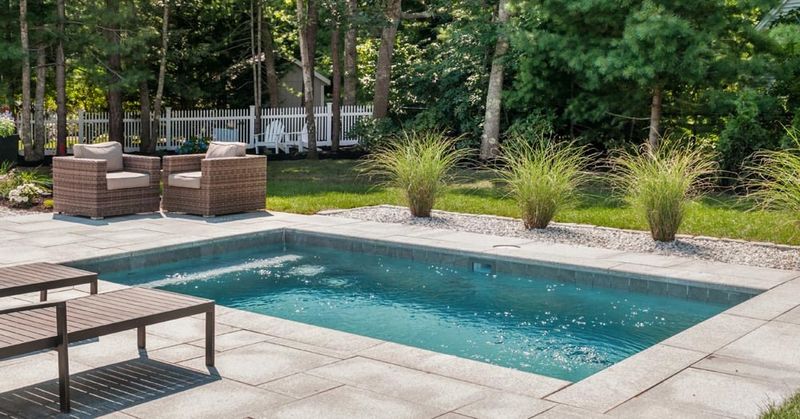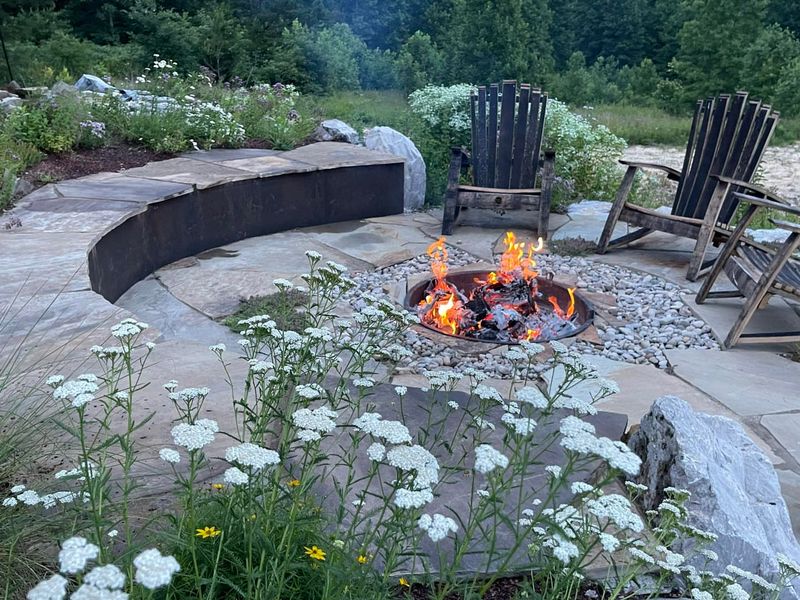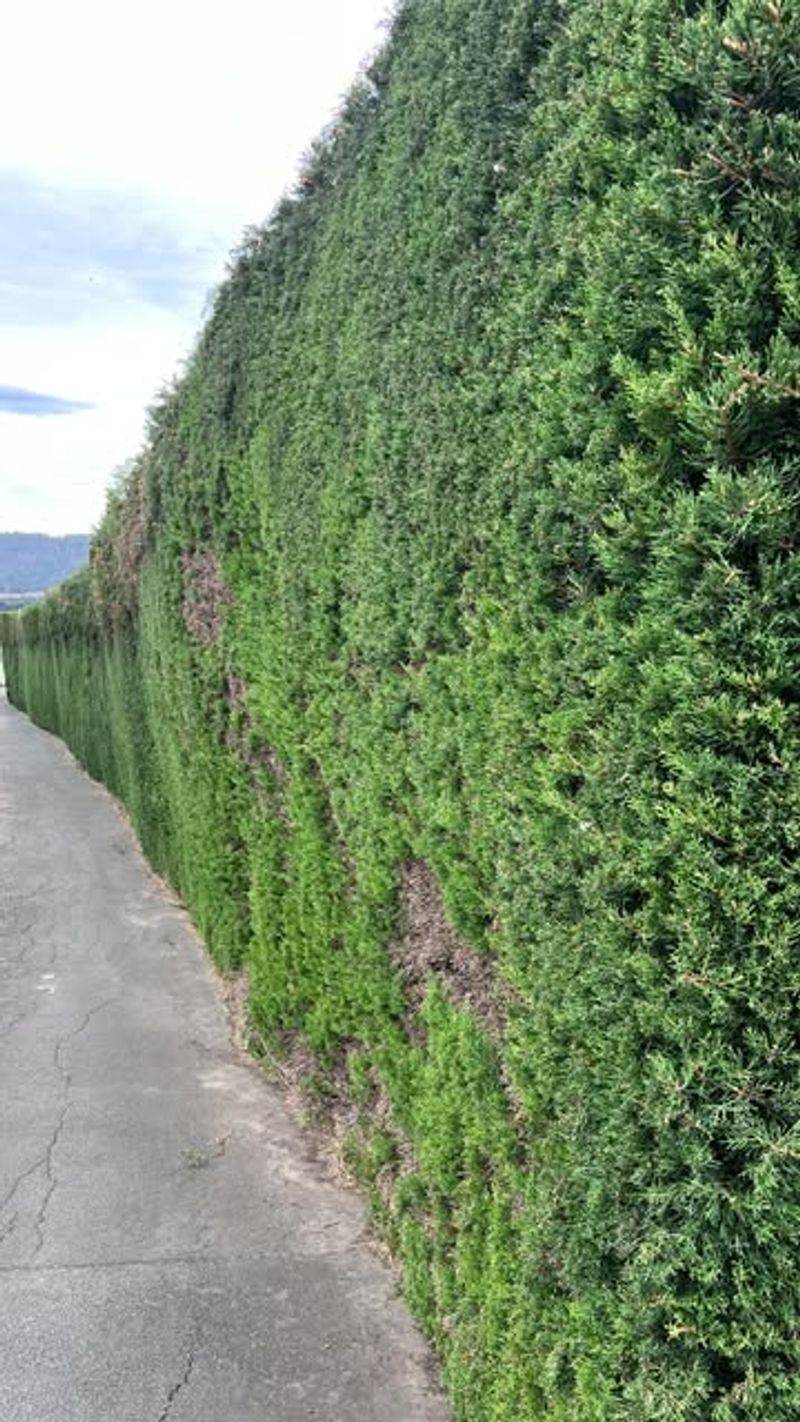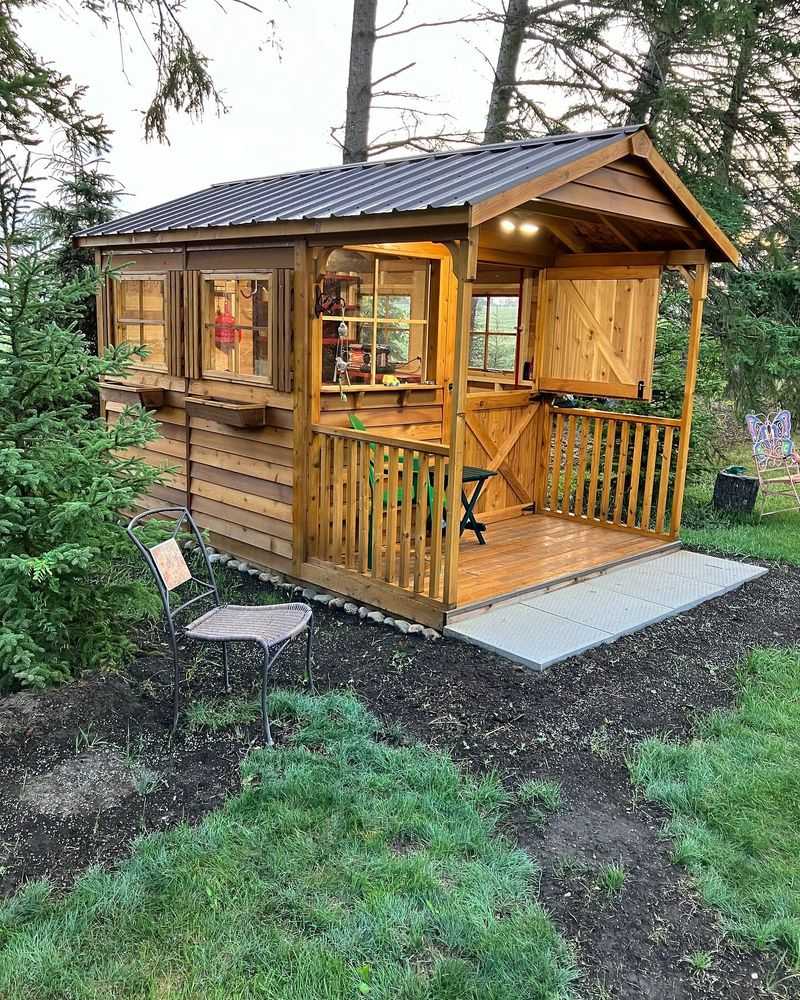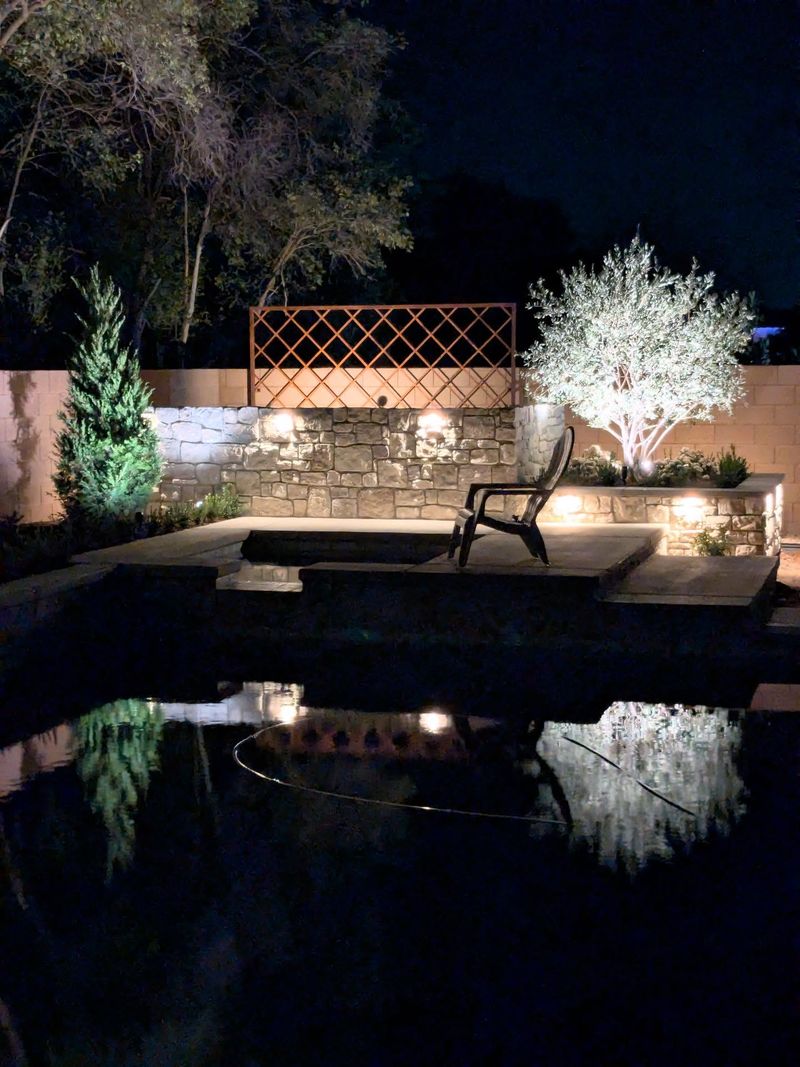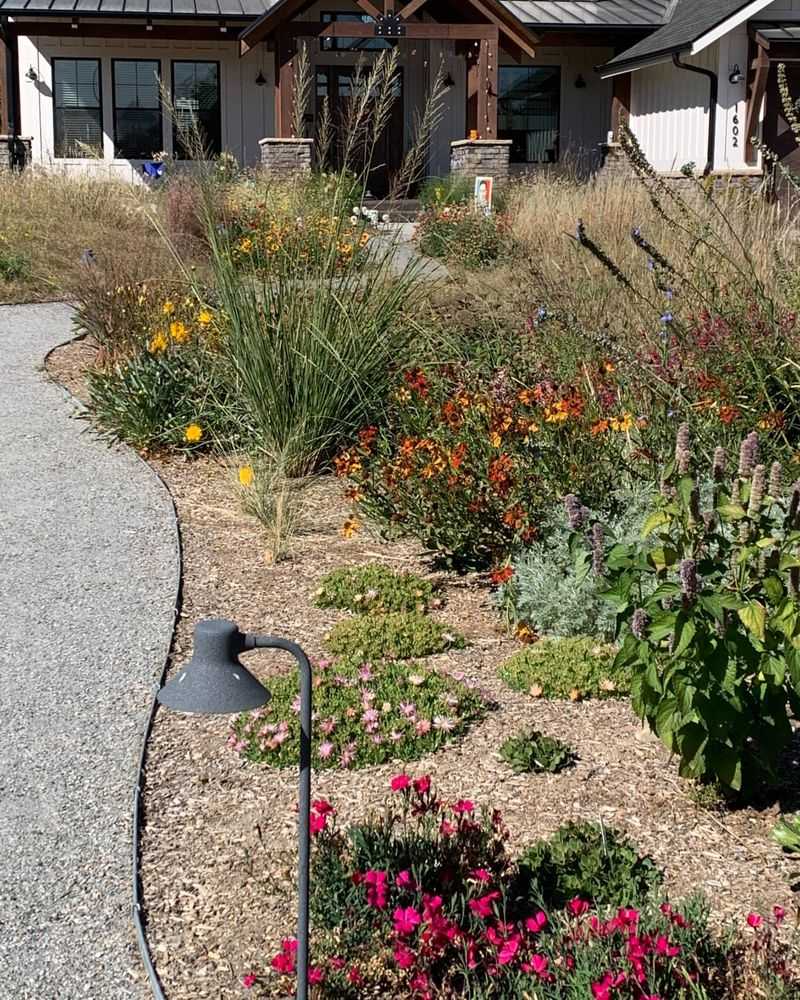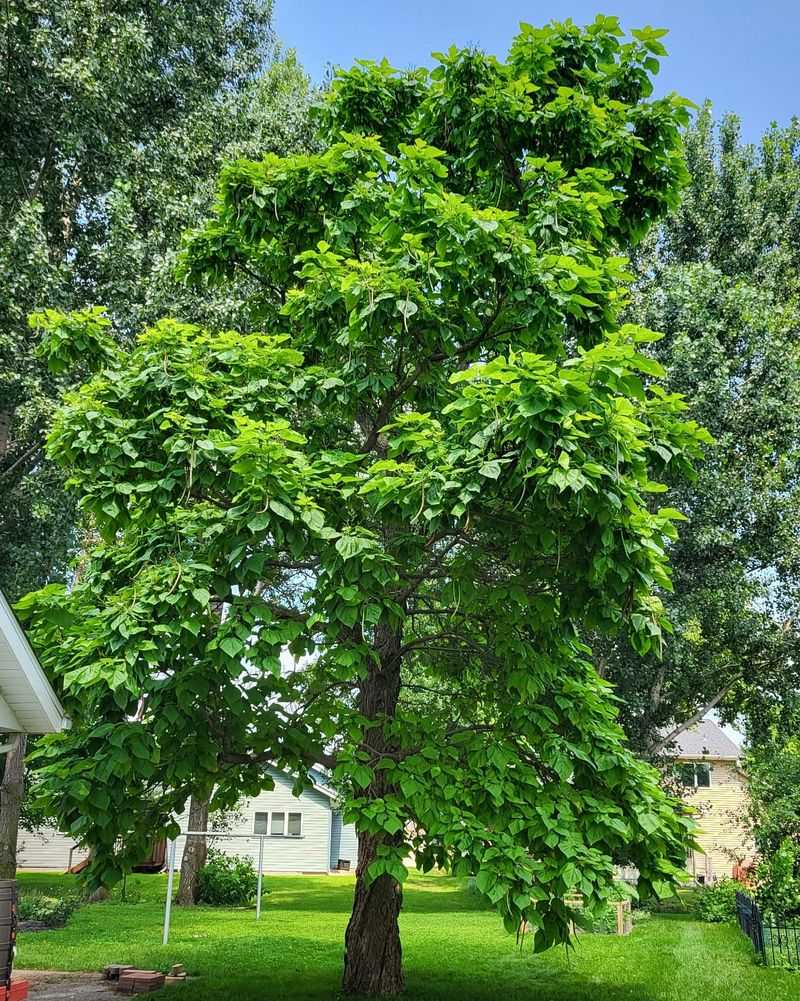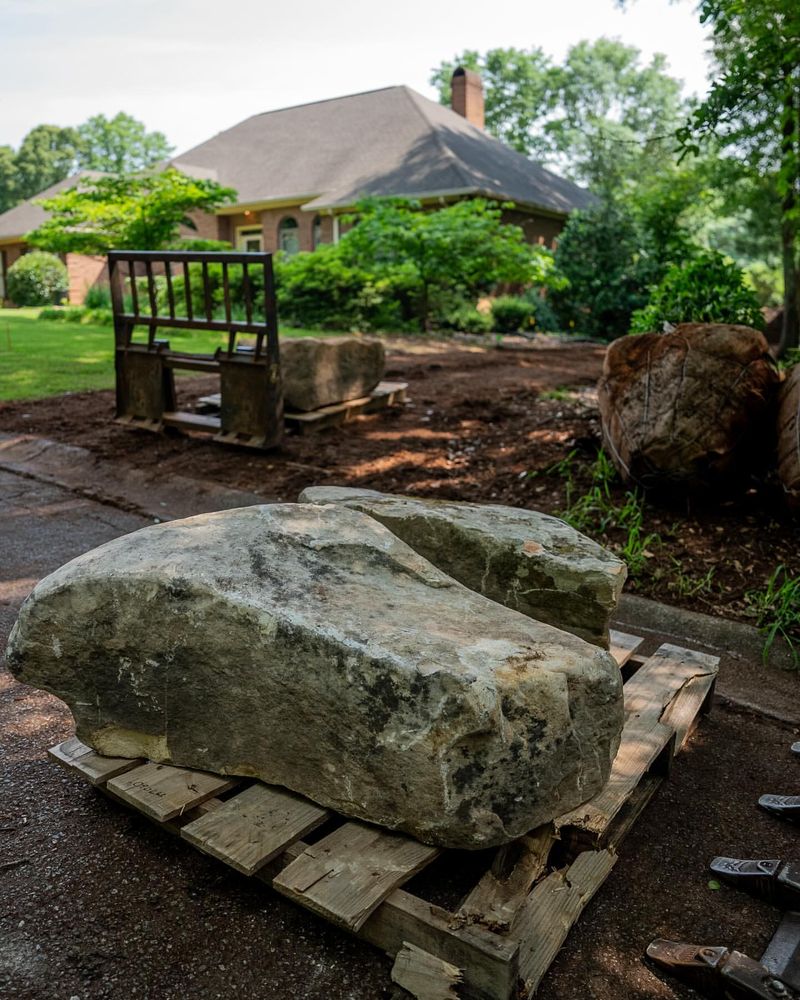Maryland neighborhoods are seeing new shifts in how outdoor spaces are managed. With changing regulations and HOA updates, the freedom to design your yard may look a little different. Homeowners are being asked to balance beauty with responsibility.
Environmental concerns and water conservation are driving these changes. Traditional lawns and high-maintenance gardens might give way to more sustainable options. Even decorative choices are being reconsidered for long-term impact.
For many, these updates feel sudden—but staying ahead can make all the difference. With thoughtful planning, it’s still possible to create a yard that reflects your style. The key is adapting without losing what makes your space feel like home.
1. Front Yard Vegetable Gardens
Many Maryland communities consider vegetable gardens in front yards unsightly. The trend toward growing food at home has gained momentum, but some HOAs view these practical plots as eyesores.
Rules restricting front yard gardens often cite property value concerns. Growing tomatoes where tulips traditionally bloom might soon require special permission.
In my experience working with local garden clubs, compromises like decorative borders can help. Still, prepare for potential new restrictions limiting edible plants to backyard spaces only.
2. Thirsty Green Lawns
Perfect emerald carpets require enormous amounts of water. With climate concerns mounting, Maryland water authorities are considering usage caps that would effectively end the era of pristine lawns.
Traditional grass varieties demand constant irrigation to stay lush during hot summers. Counties like Montgomery and Howard are already exploring ordinances that would limit lawn watering to specific days.
Alternative ground covers like clover or native grasses might become the new normal. The days of chemical-dependent, water-intensive lawns appear numbered as sustainability takes priority.
3. Invasive Plant Species
English ivy and bamboo might seem like elegant choices for Maryland gardens, but they’re ecological nightmares. Once established, these aggressive plants spread beyond property lines, damaging native ecosystems.
Local environmental agencies have started blacklisting certain species. Bradford pear trees and Japanese barberry are already facing bans in some communities.
My neighbor spent thousands removing bamboo that previous owners planted decades ago. New regulations will likely prohibit dozens more common but problematic plants that currently fill garden centers across the state.
4. Backyard Chicken Coops
Fresh eggs from backyard hens have become increasingly popular across Maryland suburbs. However, noise complaints and concerns about proper maintenance have put these feathered residents in the crosshairs of regulation.
Several counties are revisiting ordinances about livestock in residential areas. The trend points toward stricter limits on flock sizes and coop placement requirements.
From what I’ve observed in community meetings, roosters are already prohibited in most areas. Soon, even small hen flocks might require special permits, minimum lot sizes, or face outright bans in certain neighborhoods.
5. Decorative Water Fountains
The gentle splash of water features has long enhanced Maryland gardens. Recent drought conditions are changing perspectives on these decorative elements that constantly recirculate water.
Concerns about mosquito breeding grounds and water waste during evaporation have caught regulators’ attention. Several communities now require permits for installations exceeding certain sizes.
The electricity needed to power pumps adds another environmental concern. Future restrictions might limit fountain size, mandate covers, or require rain sensors that disable fountains during water conservation periods.
6. Tall Privacy Fences
Seeking seclusion, many homeowners have installed six-foot privacy fences around their properties. These barriers create isolation in neighborhoods once known for open lawns and community connection.
Aesthetic concerns and wildlife corridor disruptions have prompted closer scrutiny. Maryland’s more progressive counties are considering maximum height requirements and transparency rules.
Neighborhood character preservation is driving this shift. Future regulations might mandate fence setbacks, limit materials to environmentally friendly options, or require gaps for small animal passage while still maintaining reasonable privacy.
7. Gravel Driveways
Crunchy under tires and seemingly low-maintenance, gravel driveways present unexpected environmental problems. Heavy rains wash stones into storm drains, creating maintenance headaches for county water management systems.
Runoff from these surfaces can carry pollutants directly into local waterways. The Chesapeake Bay watershed protection initiatives are increasingly targeting permeable surfaces in residential areas.
Several Maryland municipalities have already begun requiring permits for new gravel installations. Future rules might mandate bordered containment systems or completely prohibit loose stone surfaces in favor of permeable pavers.
8. Backyard Swimming Pools
Nothing says summer luxury like a private pool, but these water-filled retreats face mounting scrutiny. Chemical treatments, excessive water usage, and safety concerns have put pools on regulatory radar screens.
Insurance requirements are already tightening across Maryland. Some neighborhoods are considering limits on new installations due to groundwater and runoff impacts.
The energy required to heat and filter pool water adds to environmental concerns. Future regulations might mandate solar heating, stricter fencing requirements, or even seasonal permits for filling above certain volumes.
9. Open Fire Pits
Gathering around flickering flames has primitive appeal, but smoke complaints have sparked controversy in tightly packed neighborhoods. Air quality concerns become especially relevant during Maryland’s humid summer months when smoke lingers.
Some counties already restrict burning during certain seasons. The trend is moving toward requiring smoke-reduction features or limiting fire pit size and fuel types.
After witnessing heated debates at my local council meeting, it’s clear that compromise solutions like propane-fueled alternatives might become mandatory. Traditional wood-burning pits could soon be relegated to rural properties only.
10. Artificial Turf Lawns
Plastic grass promises year-round green without watering, but environmental drawbacks are substantial. These synthetic surfaces create heat islands, prevent natural water absorption, and eventually end up in landfills.
Maryland’s commitment to Chesapeake Bay health has put artificial turf under increased scrutiny. The microplastics shed from these products can make their way into waterways.
Some communities have already begun limiting the percentage of yard that can be covered with synthetic turf. Future regulations might require special drainage systems or completely prohibit front yard installations.
11. Overgrown Hedges
Massive hedgerows provide privacy but create safety hazards by blocking sightlines at intersections and driveways. Unruly greenery can quickly become a neighborhood eyesore and wildlife habitat.
Code enforcement officers across Maryland counties have begun more strictly interpreting existing height restrictions. The trend points toward more specific maintenance requirements.
Neighbors near my community recently faced fines for hedges exceeding six feet. New regulations will likely specify maximum heights, minimum trimming frequencies, and distance requirements from property lines and public rights-of-way.
12. Large Garden Sheds
Storage structures have grown from simple tool holders to elaborate backyard buildings. These mini-barns sometimes reach sizes that effectively create unpermitted additional buildings on residential lots.
Zoning departments across Maryland have noticed this trend and begun enforcing stricter interpretations of accessory structure rules. Size limitations are becoming more specific and stringently enforced.
A friend recently had to remove his newly installed 12×16 shed because it exceeded county limits. Future regulations will likely tie maximum shed size to lot dimensions and require minimum distances from property lines.
13. Excessive Outdoor Lighting
Bright security lights and decorative illumination can create neighborhood light pollution. What feels like safety to one homeowner often means sleepless nights for neighbors when poorly directed lights shine through windows.
Astronomers and wildlife advocates have raised concerns about disrupting natural cycles. Several Maryland counties have begun implementing dark sky ordinances limiting brightness and direction.
My community recently updated guidelines requiring downward-facing fixtures. Future regulations will likely specify maximum lumens, automatic timers, and motion-sensor requirements while potentially banning certain types of decorative lighting altogether.
14. Xeriscaping Gone Wrong
Drought-tolerant landscaping seems environmentally responsible but can create problems when poorly executed. Rocks and gravel that replace grass often create heat islands and drainage issues in Maryland’s rainy climate.
Some attempts at water conservation inadvertently introduce invasive species. Native plant experts warn that certain popular xeriscaping plants become aggressive spreaders in our humid environment.
Local garden clubs have begun educating homeowners about appropriate choices. Future regulations might require minimum percentages of living plants in xeriscaped areas and prohibit certain materials like black rock that absorb excessive heat.
15. Water-Hungry Trees
Majestic willows and certain ornamental species demand enormous amounts of groundwater. These thirsty giants can strain local water tables and damage underground infrastructure with aggressive root systems.
Several Maryland counties have already removed certain species from approved planting lists. The trend points toward requiring permits for trees with high water demands.
After dealing with a neighbor’s willow roots invading my sewer line, I understand these concerns personally. Future regulations will likely include minimum distance requirements from utilities and prohibitions on certain species in areas with water conservation concerns.
16. Decorative Boulders And Rocks
Large landscape rocks create dramatic focal points but cause unexpected problems. Improperly placed boulders can alter natural drainage patterns, causing flooding or erosion on neighboring properties.
Heavy equipment needed for installation often damages shared driveways and lawns. Some Maryland communities have begun requiring permits for major hardscaping elements that affect drainage.
The environmental impact of quarrying these massive stones has also raised concerns. Future regulations might limit the percentage of yard covered by non-permeable hardscaping or require professional drainage plans for installations above certain sizes.

